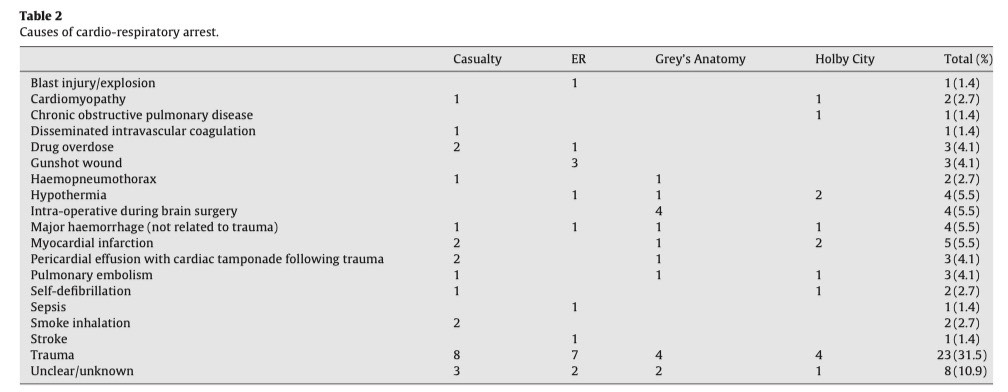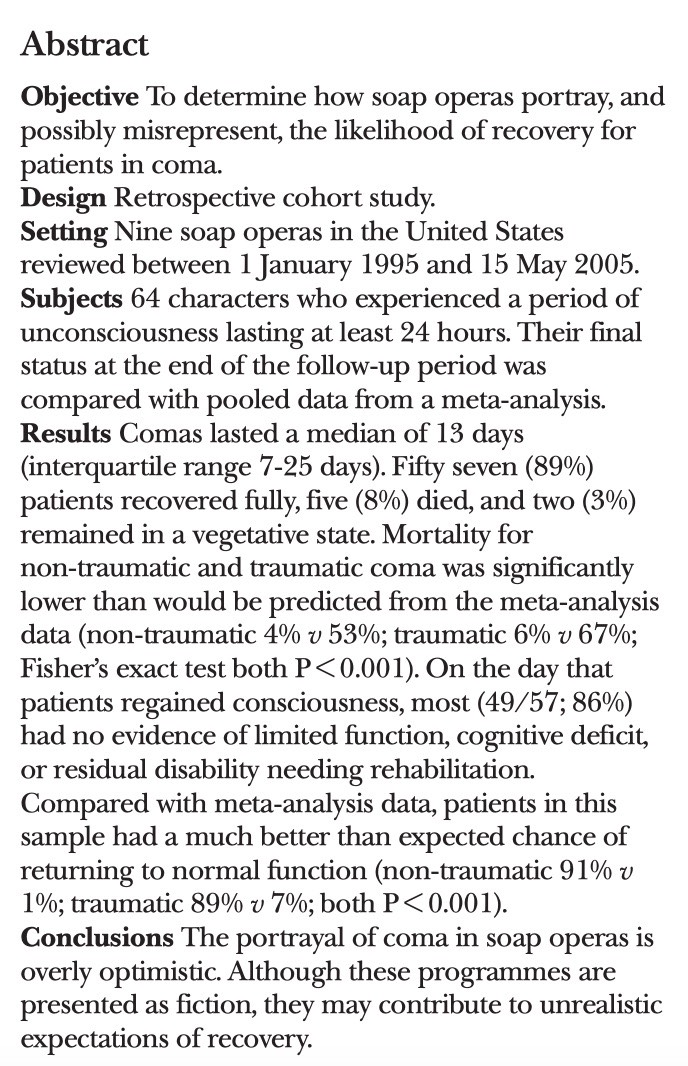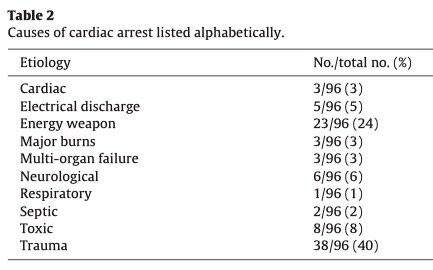pubmed.ncbi.nlm.nih.gov/19699021-resus…
It's a British study. They watched 88 episodes of 2 UK & 2 US medical dramas & noted all those who received CPR. The outcomes measures were immediate survival & survival to discharge.
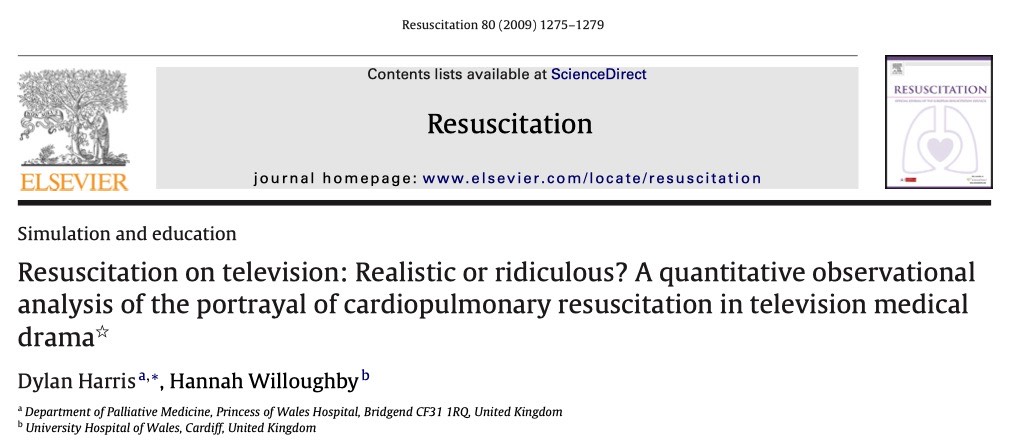
"Guiding Light, General Hospital, One Life to Live, Days of Our Lives, All My Children, Passions, As the World Turns, The Young and the Restless, and The Bold and the Beautiful."
Median coma duration was 13 days (IQR 7-25).
89% recovered fully.
8% died
3% remained in vegetative state to follow-up
pubmed.ncbi.nlm.nih.gov/25457378-where…
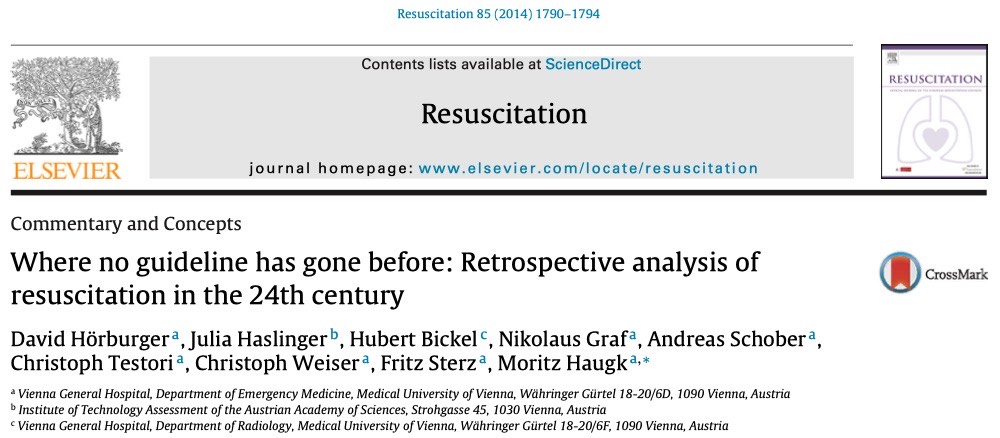
'Only murderer present' & 'not humanoid' don't appear in many CPR outcome analysis papers.

